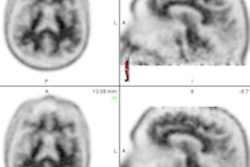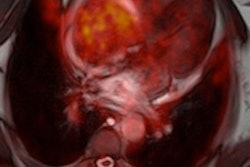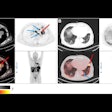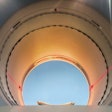Dear AuntMinnie Member,
If you're a sonographer who is scanning in pain, you might want to try foam rolling.
What, you may ask, is foam rolling? It's a technique that employs foam balls, rollers, and other tools to massage trigger points on the body where pain is occurring, enabling muscles to relax and function better.
That's according to our latest Making a Difference as a Sonographer article by echocardiographer Doug Wuebben and strength training coach Mark Roozen. Mr. Wuebben and Mr. Roozen have been providing guidance to sonographers with the series since 2011.
Their latest column offers a number of exercises that you can do now to attack your pain points -- and they can all be done at home, without an expensive gym membership. Read more by clicking here, or visit our Ultrasound Community at ultrasound.auntminnie.com.
Radiopharma market shows promise
The market for PET and SPECT radiopharmaceuticals is showing promise, according to a new market research report we're highlighting in our Molecular Imaging Community.
Report author Marvin Burns of Bio-Tech Systems found that the markets for PET and SPECT radiopharmaceuticals each grew about 10% last year; the report projects that PET sales will accelerate even more this year, as new products such as PET tracers for dementia and Alzheimer's disease come into wider use.
But there are still barriers to broader growth, particularly the reluctance of the U.S. Centers for Medicare and Medicaid Services to provide broader reimbursement for the new PET agents. Read more by clicking here, or go to molecular.auntminnie.com.
Mammo rates drop
Finally, there was disturbing news last week for proponents of breast imaging. A new study found that mammography screening rates have dropped since 2009, the year that the U.S. Preventive Services Task Force released its controversial guidelines on screening.
Researchers found that screening rates have fallen not only for younger women ages 40 to 49, but also for women ages 50 to 64 -- for whom screening is generally believed to be most effective. Read more by clicking here, or visit our Women's Imaging Community at women.auntminnie.com.




















